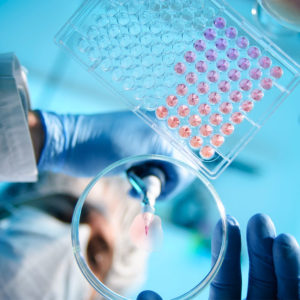Interventional Care


We notice that you are visiting us from . This site only services US-based visitors. Would you like to visit the site that is appropriate for your location?

This Week’s Review:
The role of the healthcare surface environment in SARS-CoV-2 transmission and potential control measures, written by Kanamori H, Weber DJ, and Rutala WA1, provides a comprehensive review of the literature that assessed the role of the healthcare surface environment in SARS-CoV-2 transmission. More than 20 studies reviewed assessed surface contamination in hospitals with SARS-CoV-2. The authors noted that human coronaviruses, including SARS-CoV-2, could survive for hours to days on surfaces depending on experimental conditions (i.e., viral titer, surface substrate, temperature and relative humidity).
Overall, the contamination rate of the healthcare environment with SARS-CoV-2 as measured by RT-PCR varied from 0% to 75% (median, 12.1%), depending on the status of cleaning/disinfection in environmental sampling rather than on the symptomatic status of COVID-19 patients. Environmental studies sampled before cleaning/disinfection reported infrequent to frequent contamination while studies samples after cleaning/disinfection revealed zero to infrequent contamination. Only four studies assessed the presence of viable virus by culture, and viable SARS-CoV-2 was not confirmed from environmental samples. However, Santarpia et al. {Sci Rep 2020;10(1):12732} did observe the presence of intact SARS-CoV-2 virions by electron microscopy of a windowsill sample after 3 days of culture.
The authors provided a detailed list of recommendations for cleaning and disinfection of environmental surfaces and medical devices in rooms occupied by known or suspected COVID-19 patients. Key recommendations were as follows:
Under the Microscope with Dr. David Weber explores what’s new in industry literature and provides a synopsis, along with key takeaways.
Clinical Infectious Diseases, ciaa1467, https://doi.org/10.1093/cid/ciaa1467 Published: 28 September 2020